The 1999 Dodge Charger R/T Concept made waves at the North American International Auto Show (NAIAS) in Detroit, marking the triumphant return of the Charger nameplate after a 12-year hiatus. This bold four-door design paid homage to the brand’s muscle car roots while showcasing cutting-edge technology that would inspire future Dodge vehicles.
A Fresh Take on a Legendary Nameplate –
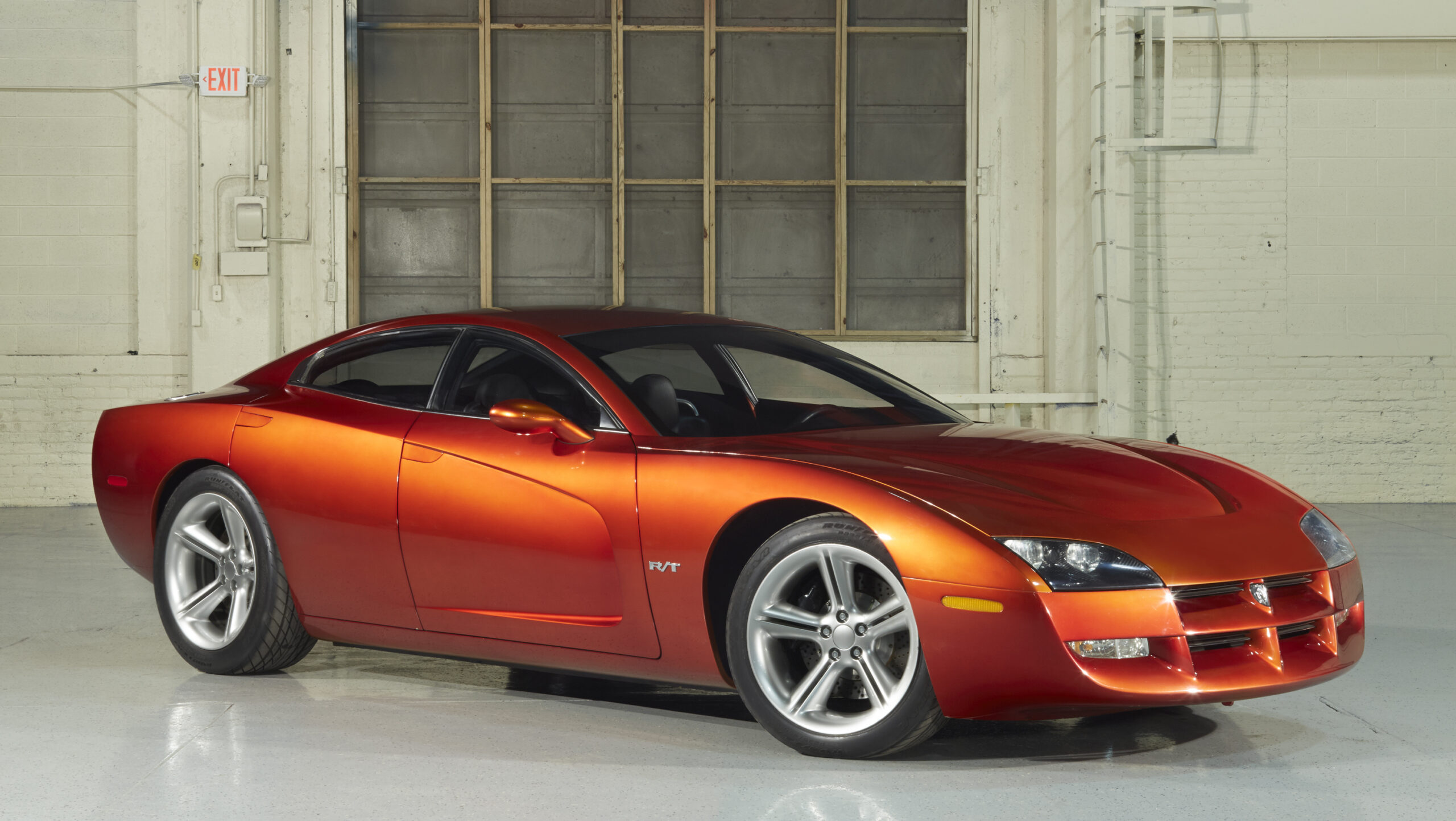
The Charger nameplate was a significant part of Dodge’s history, known for its muscle car dominance in the 1960s and 1970s. However, by the late 1980s, the name had faded into history after the turbocharged 1987 Dodge Shelby Charger ceased production. The 1999 Charger R/T Concept revitalized the name with a daring modern twist: a four-door layout. This was a first for the Charger, which had always been a two-door coupe in its heyday.
Styling that Looked Forward and Backward –
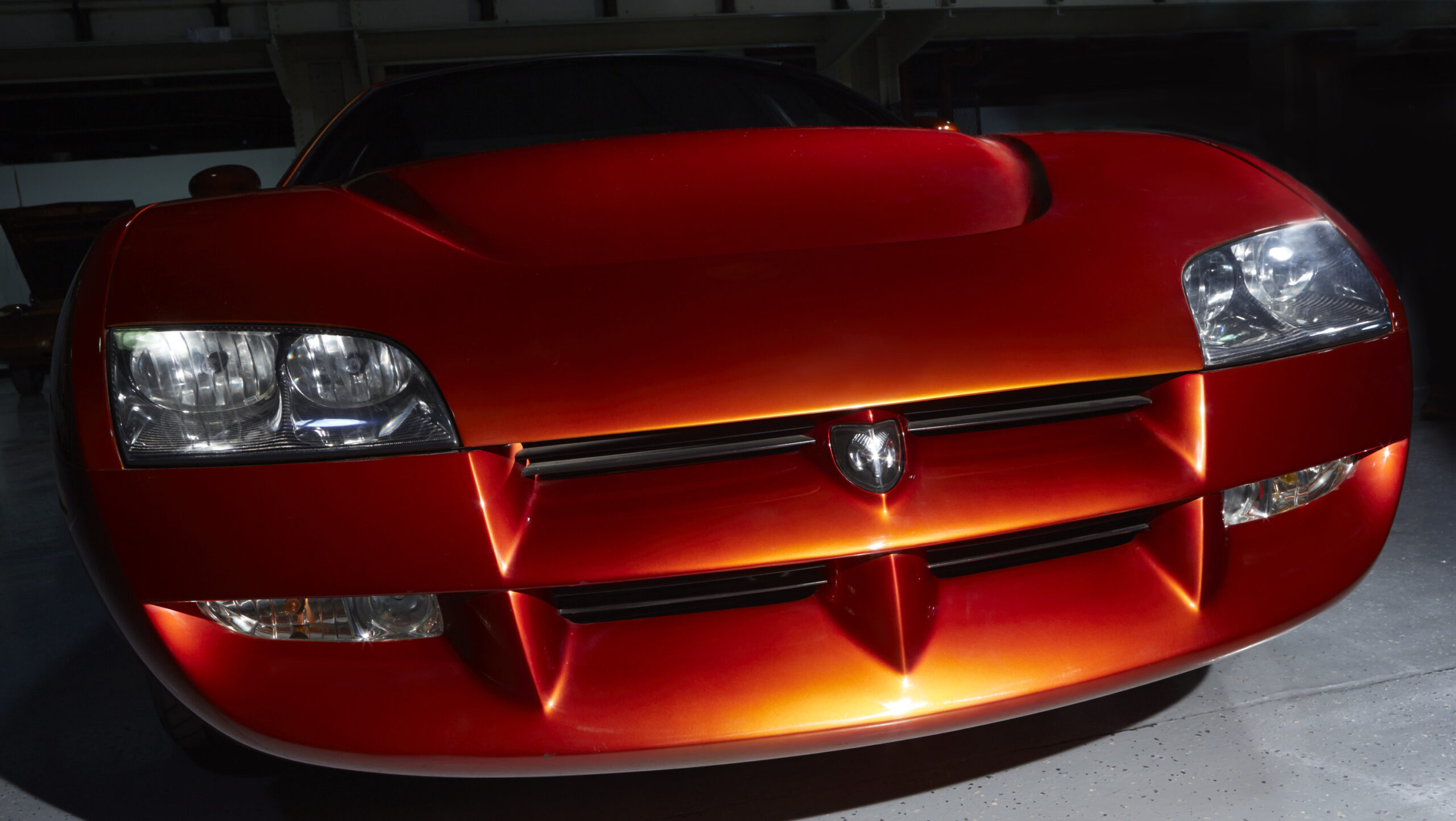
The concept combined retro muscle car cues with futuristic styling. Its bold lines, aggressive stance, and prominent grille hinted at the raw power associated with Dodge. The inclusion of four doors signaled a shift towards practicality without abandoning performance-oriented DNA. This design would later serve as the blueprint for the 2011 Dodge Charger, shaping the sedan we recognize today.
Rear-Wheel-Drive Roots on an Unexpected Platform –
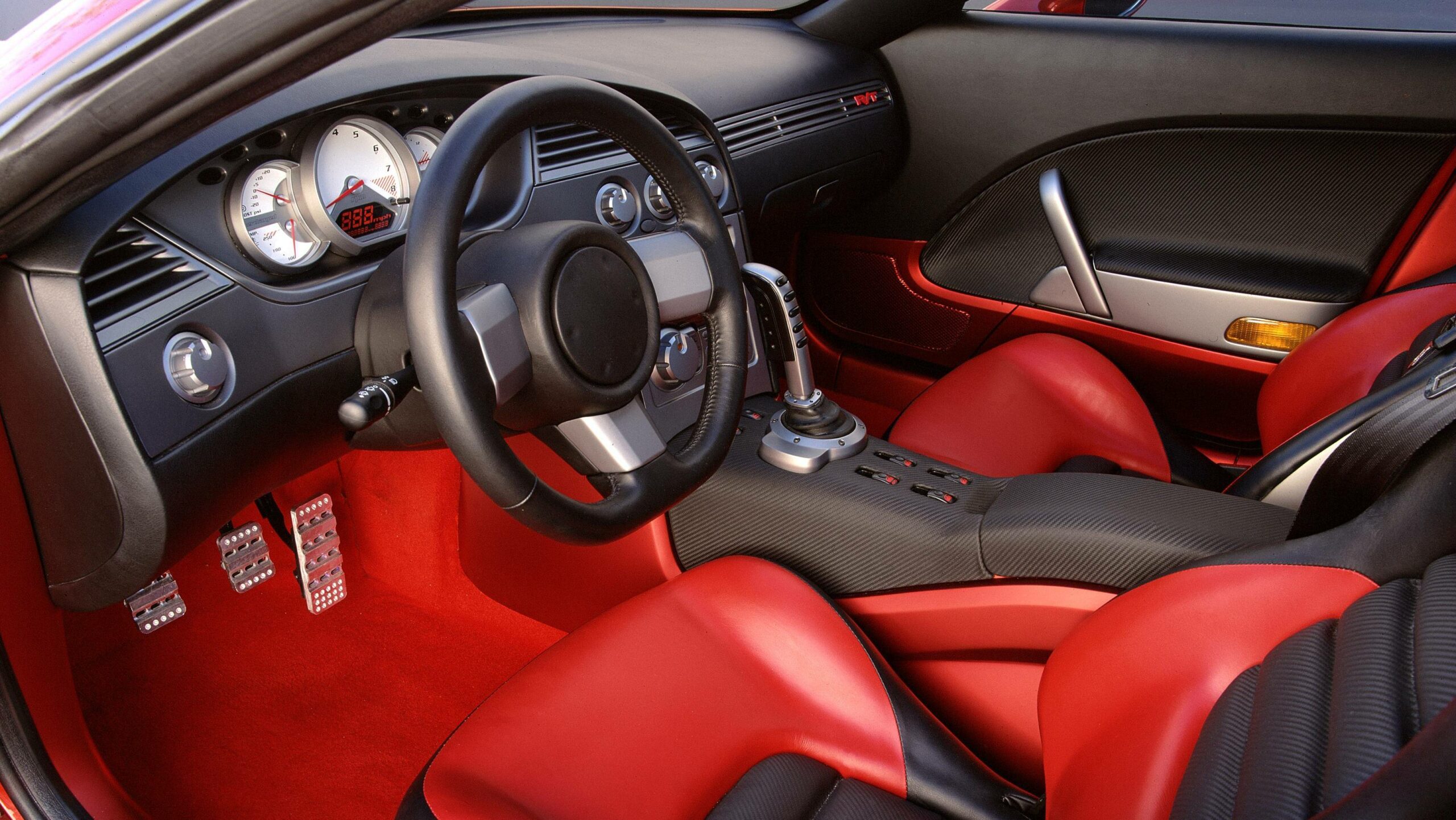
Although the concept was rear-wheel-drive, it was built on Chrysler’s LH platform, which primarily supported front-wheel-drive sedans like the Dodge Intrepid and Chrysler 300M. Remarkably, the LH platform was engineered to accommodate various drivetrain layouts, including rear-wheel-drive and all-wheel-drive. This adaptability made it an ideal foundation for the Charger concept.
Innovative Powertrain with Green Ambitions –

Under the hood, the Charger R/T Concept featured a supercharged 4.7-liter PowerTech V8 engine, dubbed “Magnum” in Dodge vehicles. This engine, first introduced in the 1999 Jeep Grand Cherokee (WJ), was Chrysler’s first entirely new V8 in decades. It boasted a cast-iron block, aluminum heads, and a single overhead camshaft (SOHC) design. The supercharged setup delivered an impressive 325 horsepower and 320 lb.-ft. of torque, paired with a Borg-Warner T-5 5-speed manual transmission. A pistol-grip shifter reinforced the car’s muscle car credentials.
But the concept’s engine wasn’t fueled by conventional gasoline. Instead, it ran on compressed natural gas (CNG), aligning with environmental trends of the late 1990s. By using CNG, the Charger R/T Concept met California’s Ultra Low Emission Vehicle (ULEV) standards, cutting carbon dioxide emissions by 25% compared to traditional gasoline engines. This forward-thinking approach showed Dodge’s commitment to blending performance with environmental responsibility.
Revolutionary Fuel Storage Technology –

The Charger R/T’s CNG system was ahead of its time. The Fiberglass storage tank utilized high-strength materials, including carbon and glass filaments wound with epoxy resin. Its innovative construction made the tank:
- Lightweight but extremely strong.
- Resistant to environmental damage.
- Safe during impacts, thanks to a foam egg crate lining.
Unlike bulky tanks in earlier alternative-fuel vehicles, this system maintained 300 miles of range without compromising trunk space. The tank’s design allowed for a flat shape, mimicking conventional gasoline tanks, while storing fuel at pressures up to 3,600 psi.
A Legacy That Lives On –
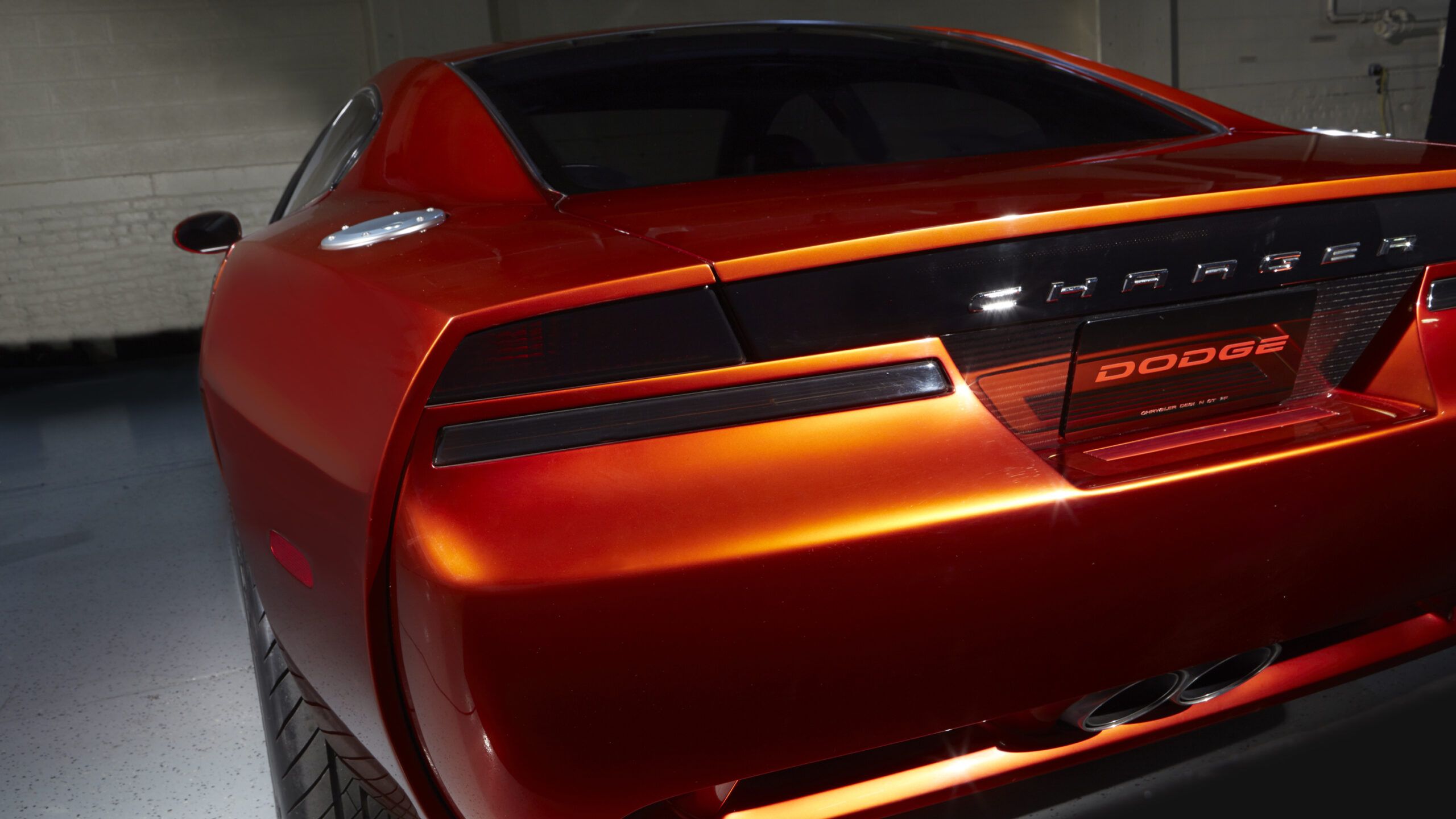
While the Charger R/T Concept never reached production, it significantly influenced Dodge’s future. The car’s styling and drivetrain layout foreshadowed the production of the Dodge Charger sedan, which was introduced in 2005. Its combination of retro-inspired design, muscle car performance, and eco-conscious innovation captured the spirit of an evolving era in automotive design.
Today, the 1999 Dodge Charger R/T Concept remains a fascinating piece of Dodge’s history, bridging the gap between classic muscle cars and the modern four-door performance sedans we know today.

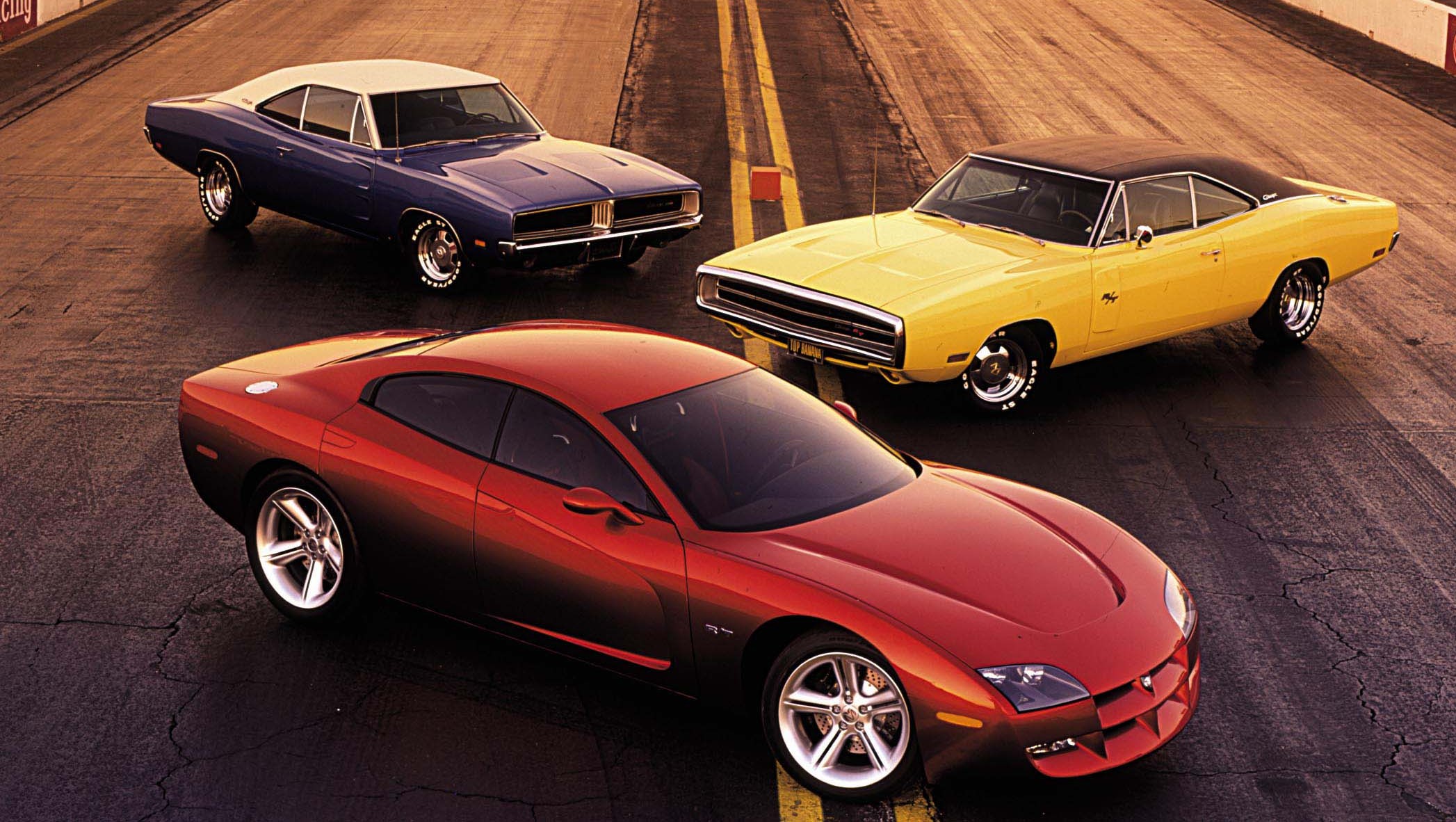


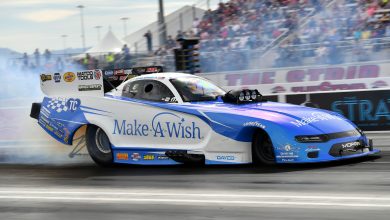
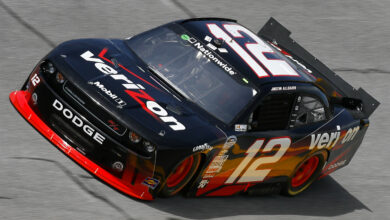


No replies yet
Loading new replies...
Join the full discussion at the Mopar Insiders Forum →